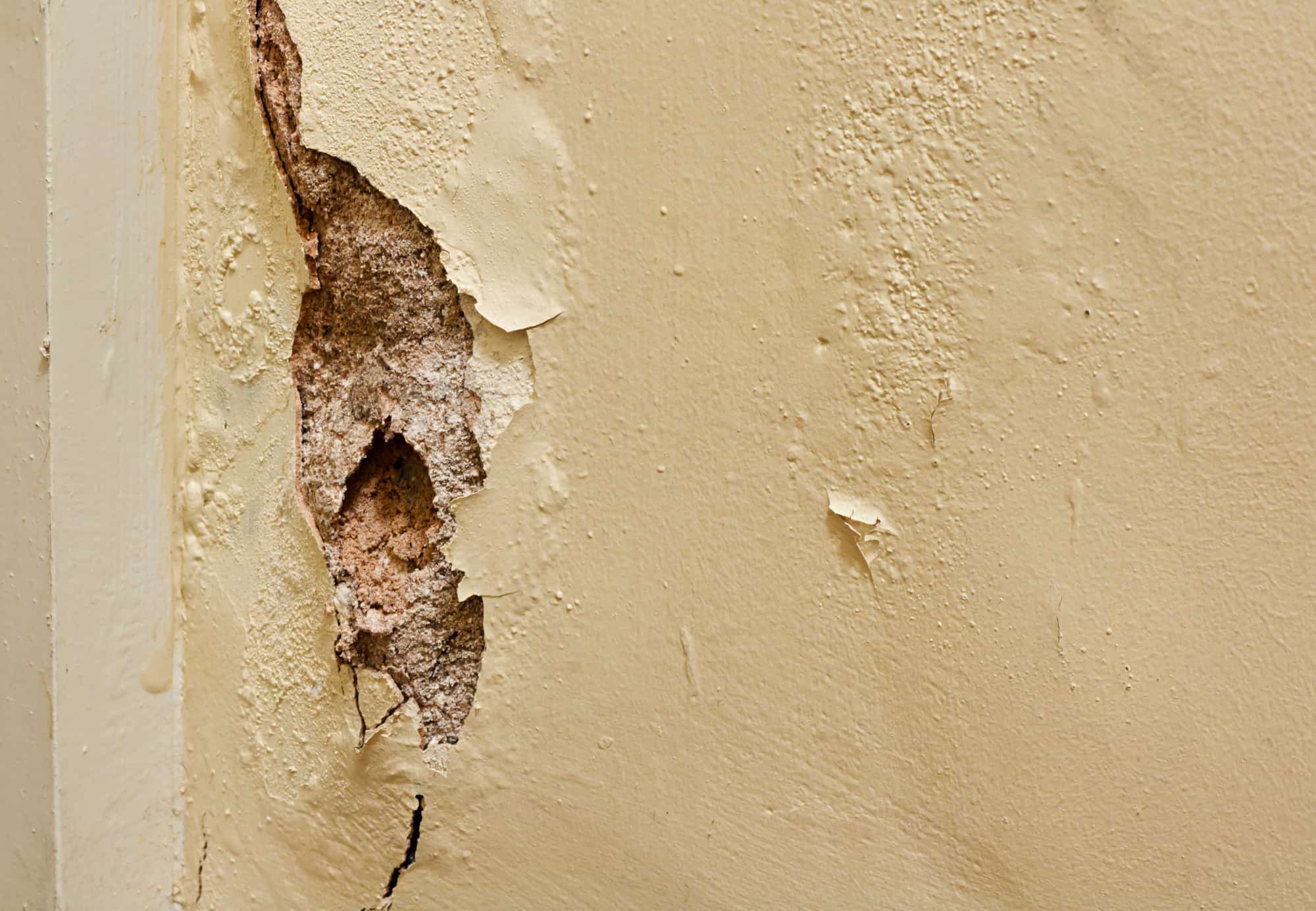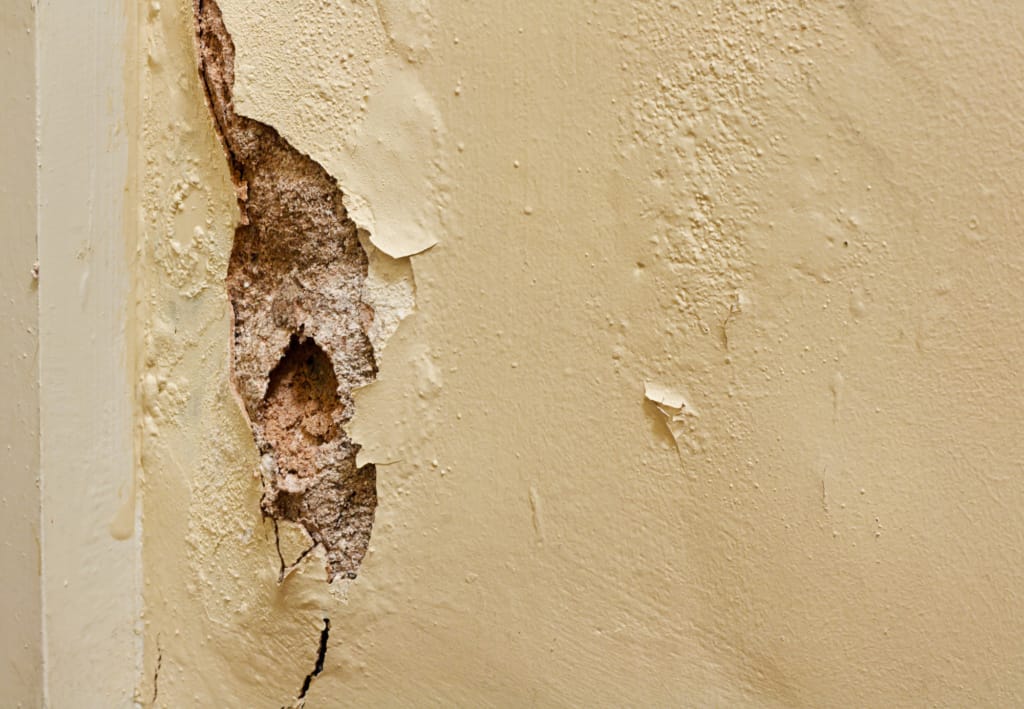
Wood Woes: How to Protect Your Deck From Dry Rot

That’s why the last thing you want to do is replace your deck or dock once every few years because it is falling apart.
The most common reason decks are damaged and need to be replaced is because they become dry rotted. But what causes dry rot, and how can you prevent it?
Keep reading to learn everything you need to know about wood deck repair for dry rot, how you can prevent it, and alternatives to weak wood for decks and docks.
Replace Bad Boards Right Away
If your deck is already experiencing dry rot, the first step is to stop the spread. To do that, it’s important to understand, what is dry rot anyway?
Dry rot is actually a fungal growth. Once it gets into the wood, it eats it away.
A variety of conditions can contribute to dry rot.
This fungal growth usually occurs in wet conditions. Maybe excessive rain or snow pools on the surface of your deck. Or it collects under your deck, exposing the bottom of your deck to these wet conditions and the growth of fungus.
Untreated wood is particularly susceptible to dry rot. Debris caught between boards can also contribute to wet conditions. Termites can weaken the wood, letting water get into the boards and causing fungus to grow.
Fungal growth in just one spot on one board is enough to lead to dry rot throughout your entire deck. That’s why stopping the spread of the fungus as soon as you notice it is key.
If you have a wooden deck, you should check the top and bottom for signs of dry rot regularly. That way if you do find dry rot, you can remove the board before it has a chance to infect the rest of your deck.
Coat Your Deck to Prevent Further Rot
One way to prevent dry rot is to coat your deck with protective materials that help lock out moisture and prevent fungus from growing.
Deck stain is a great rot stopper because it locks out moisture while also improving the look of older or water-damaged decks. Stains are available in a variety of colors and finishes.
If you choose to use stain, make sure you pick an option with a commercial sealant. This will help prevent moisture from seeping into your deck.
Painting or staining the bottom of your deck can help keep moisture from the ground from affecting the wood as well.
Besides staining your deck, there are also other ways to prevent dry rot. Acrylic or oil-based treatment help lock out moisture, even during extreme conditions.
Unlike stains, these treatments don’t affect the look of your deck. If you have a hardwood deck, such as one made from cedar or redwood, the last thing you want to do is mask the grain and color of the wood.
Acrylic or oil treatments lock out water without damaging or masking the wood itself.
Plus, these finishes work fast. You can coat your deck and make sure that it’s waterproof in as little as a day.
Rethink Your Material of Choice
If you’re building a new deck or replacing one that is too far dry rotted to save, another smart way to prevent future damage is to rethink your material of choice.
While wood is a common material for decks, it is far from waterproof. Even if you stain or treat your deck, over time you will either have to repeat the process or else replace your dry rotted deck.
But there are other great materials for building decks that are waterproof and are better suited to stand the test of time.
Composite and plastic decks are waterproof, long-lasting, and environmentally friendly. There are a variety of types of composite decks to choose from, each with its own benefits.
It’s a good idea to consider your options as well as the environment that your deck or dock will be in before you make your choice.
Capped PVC
Capped PVC looks like wood, but is actually entirely a composite. This means that it retains far less heat than other decking materials, making it a great choice for decks where people might be walking barefoot, such as docks or pool decks.
Plus, with no wood in the material, capped PVC will never dry rot! You can use water and a solution to clean it, and never worry about pooling causing rot.
Plastic
Plastic is another great decking material option. These plastic boards have an attractive wood grain and come in a variety of colors.
They also have a fiberglass band through the middle that helps make them stronger than other decking materials.
Composite
Made from a mix of wood and recycled plastic, composite decks are the only type of decking material that can be submerged in water long-term without suffering damage.
Because they are part-wood, a composite is great for obtaining a natural-looking surface on your deck.
Preventing a Dry Rotted Deck
Whether you choose to prevent a dry rotted deck through treating and maintaining a traditional deck or replacing it with a waterproof composite or plastic one, locking out moisture will help keep your deck looking great for years to come.
Not preventing dry rot can have serious consequences. Because dry rot can form on the bottom of your deck where moisture collects, you may not realize that your deck is rotted until it is too late.
Taking action before rot sets in will help you prevent damage or even serious injury to anyone using your deck or dock.
If you’re ready to replace or refinish your dock, we can help. Contact us today for any dock questions, or to see how we can help you build a long-lasting, beautiful dock on your property.
- About the Author
- Latest Posts